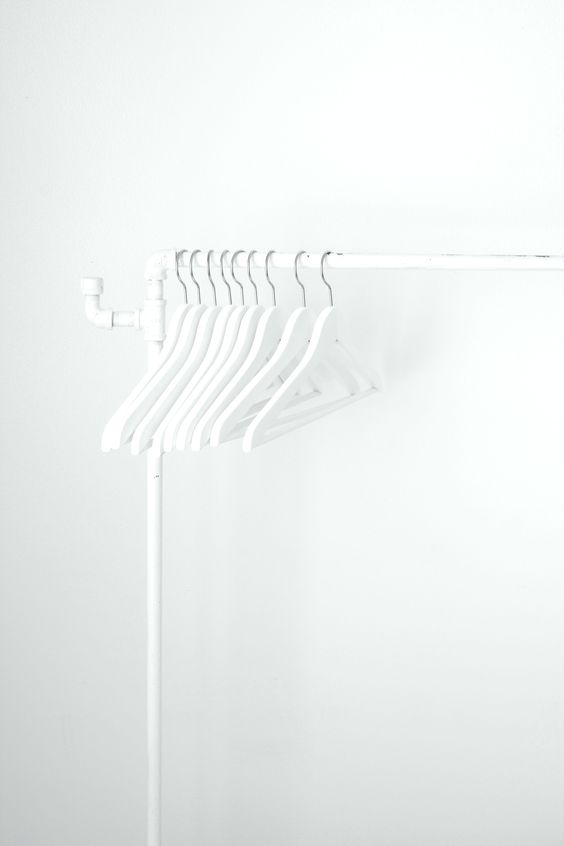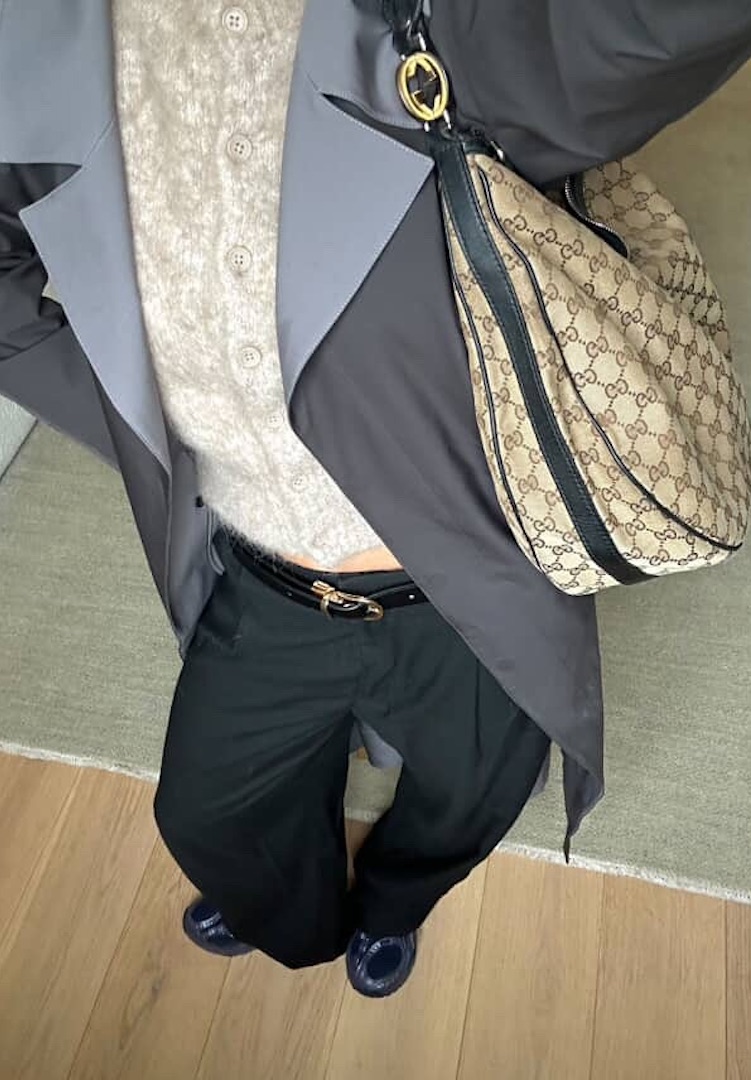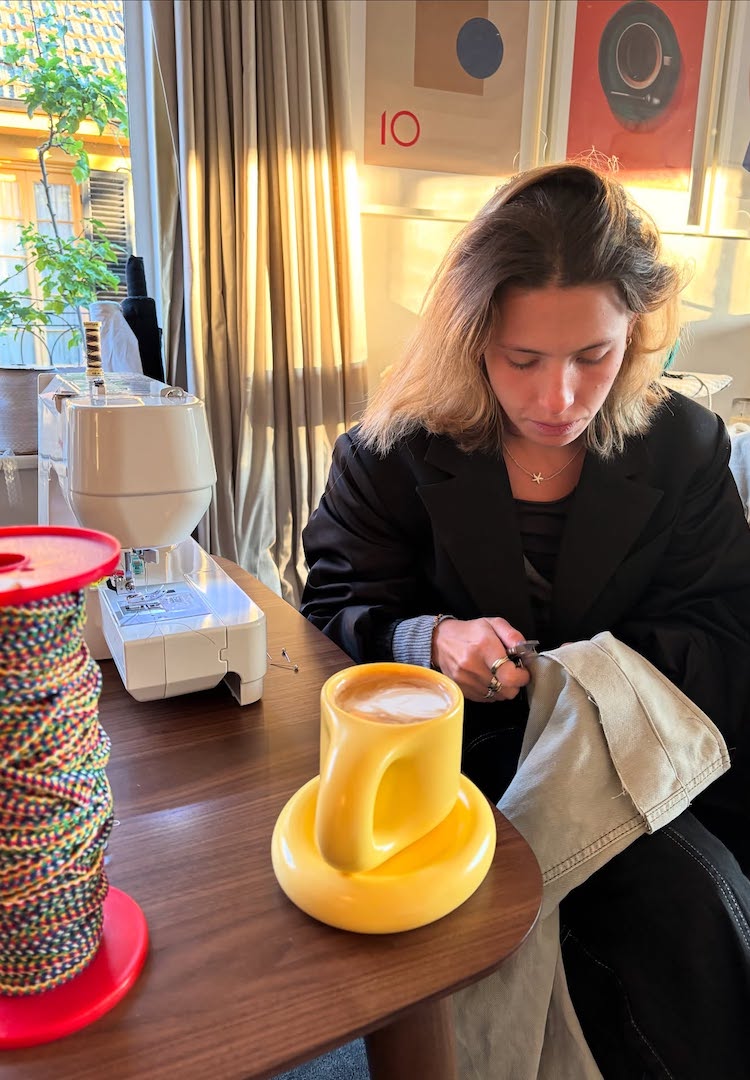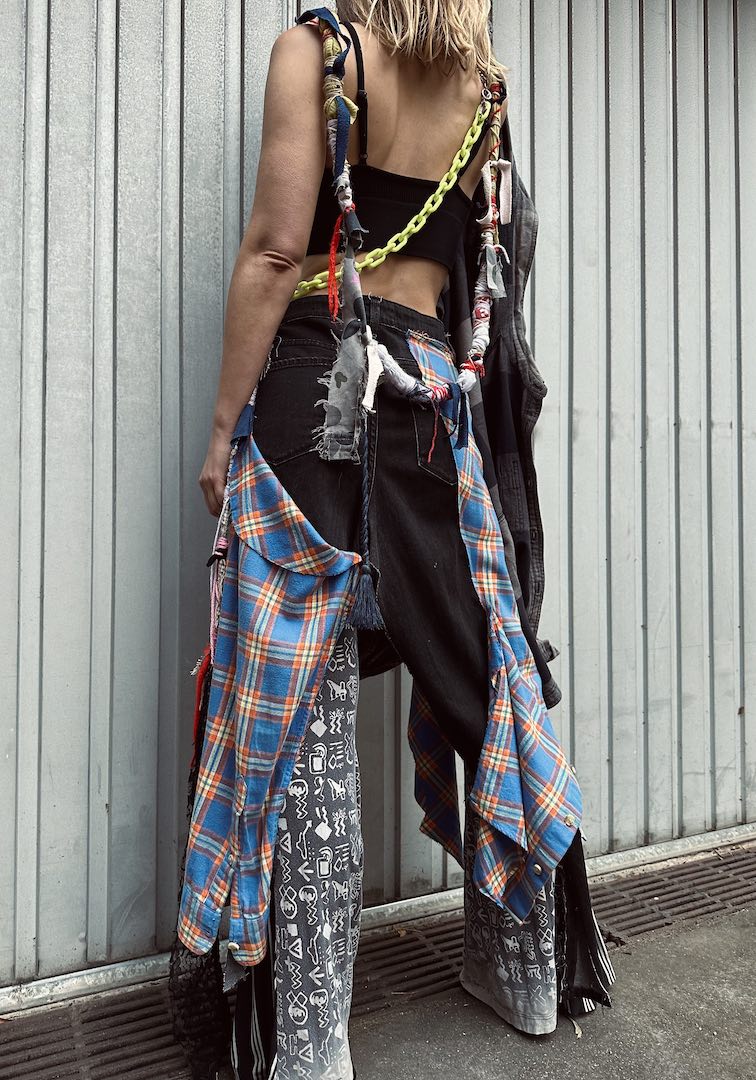4 options to consider before giving your clothes for the old heave ho
Don’t bin it.
In my wardrobe, not only do I have nothing to wear, I also have a growing pile of clothes that for one reason or another, I can’t wear. Whether it’s a hole, a broken zipper or it just doesn’t fit right.
I know you’ve been there too. You figure it’s the end and toss the once-beloved piece in the pile of clothes on your floor (be honest, you have one), a charity bag or the bin.
If you’re particularly organised, you might dig around for a receipt and promise to drop by the store this weekend to complain that it’s faulty and score a refund.
But would you ever consider fixing it?
Every year in Australia, roughly $140 million worth of clothes end up in the dump. That’s 100 really nice houses, thousands of hours spent working your shitty retail job or, let’s face it, a pretty amazing wardrobe.
So what are your options before just giving clothes the old heave ho? Well, you’ve got at least four:
1. Take it to your Mum/cousin/friend/vet’s sister’s boyfriend’s aunt
When my grandma was a little girl, she didn’t have a nice tunic for school. So her mother took apart a nice blue suit she owned and made her one.
When my mother was growing up, Grandma used to always say that it was better to have material in the cupboard than to have money in the bank (kind of like Carrie and her shoes). She made most of the kids’ clothes and was pretty crafty in repairing and re-creating clothes that were handed down.
When we were kids, Mum would mend all our clothes when needed and – up until sewing became more expensive than buying – she would make all our clothes as well. We were always confident that if we ever needed something fixed, we could just take it to Mum.
Now I know for most people, Mum or Grandma isn’t an option. But you must have some tenuous connection to someone out there who can sew. Ask around, find that person and see if you can borrow their skills. No doubt you have some special ability that you can trade off in return. Alternatively, you can always clean their bathroom.
2. You could sell it or donate it.
Most of you would have been to some kind of flea market or op-shop in your time. Flea markets are great for the wanderers and the casual Sunday strollers, but they’re also a treasure trove for keen hunters, collectors and sellers.
And although it may not seem it, they can get pretty serious. People can wait for months to get a good spot at a popular market and may have to adhere to some pretty strict guidelines. While this may sound a bit OTT for secondhand clothes, they’re also the markets that draw the best crowds and therefore, the best dollars.
If you have some spare time on the weekend, along with a clothes rack, some chairs and some cool tunes, then you’ve got all you need to efficiently get rid of your old clothes. Most pieces in good condition can sell for at least $10. Designer brands and ‘vintage’ pieces (i.e. pieces from which you’ve pulled off the Cotton On tag), can go for a little (or a lot) more.
If you’re not much of a market goer, there’s always the op-shop. You may not see any financial reward, but it’s a great (and heartwarming) alternative to tossing your clothes in the bin.
3. You could take it to a tailor or seamstress
Pretty self-explanatory. Taking it to a professional really doesn’t cost that much, and once it’s returned in near-perfect condition, you’ll wonder why you ever considered throwing it out.
4. You could learn how to fix it yourself.
I know it’s overwhelming, but start simple. Sew a button back onto a shirt. Mend a tear. YouTube how to stitch a low hem.
It’s not easy, I’ll give you that, and if you want to commit to some serious sewing, it doesn’t start off cheap either. But think about the unique pieces you could add to your wardrobe. Or the treasured items you can make last just one more season. Not to mention the new skill you can trade with your friends who can’t sew. Hellloooo clean bathroom.
Look, I get it. Not everything is worth saving, selling or donating. Sometimes things are better placed in the bin. But a little sewing know-how or some time spent at the markets can go a long way in solving a bigger problem, and keeping your wardrobe full of things to wear.












